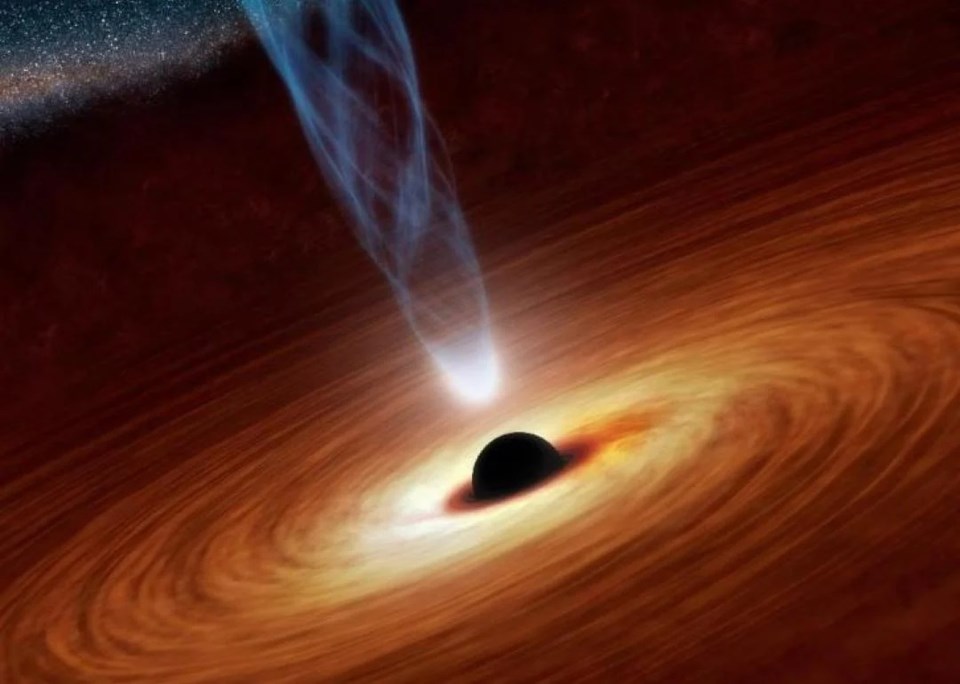In honour of World Space Week, which takes place Oct. 4 to 10, Stacker compiled a list of key astronomy and astrophysics terms from a variety of authoritative science communication sources, including Crash Course: Astronomy, How Stuff Works, and International Comet Quarterly.
As the agency unrelentingly forged a path toward astronomical discovery, NASA also invented a number of technologies that we use in our everyday lives. These include artificial limbs, LASIK surgery, improved water filtration, camera phones, freeze-dried foods, memory foam, LED lights, and even the Dust Buster. In fact, it was a NASA scientist who invented the Super Soaker squirt gun.
Keep reading to learn the terms that are commonly used in this fascinating field.

NASA
#1. Aberration of light
Similar to how raindrops hit a moving car window as if from an angle, an aberration of light is the phenomenon where stars or other celestial bodies appear from Earth to be slightly off from their true position. This happens because of motion—specifically, the interaction of the Earth's movement with the speed of light causes this confusing phenomenon.
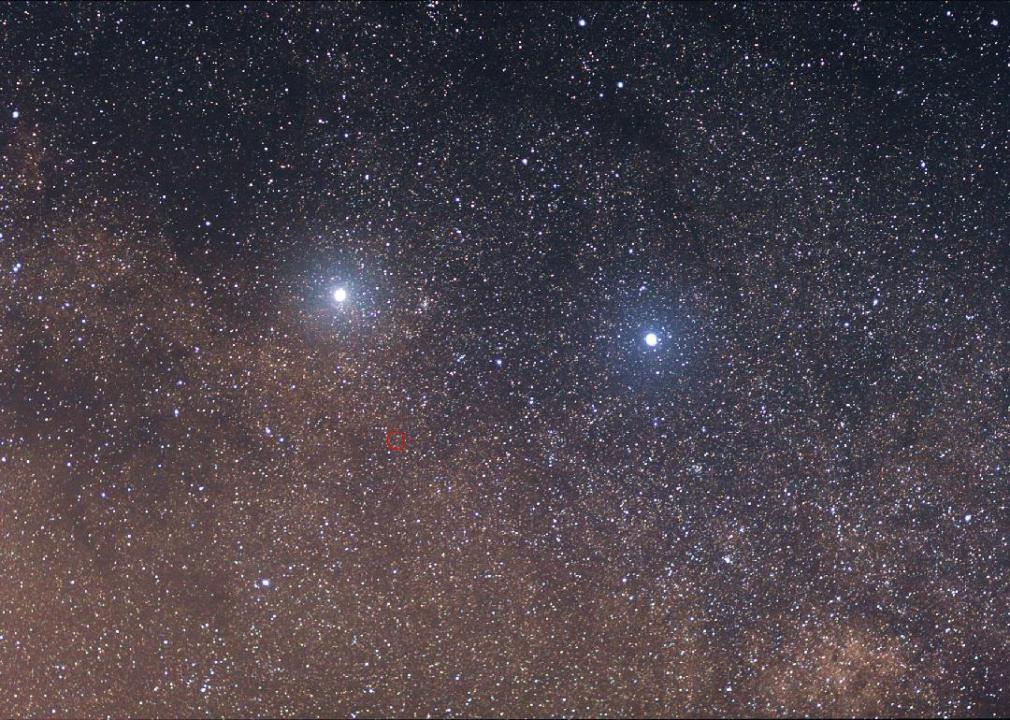
Skatebiker // Wikimedia Commons
#2. Alpha Centauri
Alpha Centauri is the name of the closest star system to earth. It comprises two main stars, Alpha Centauri A and Alpha Centauri B, as well as the closest of the three stars, Proxima Centauri. In 2016, astronomers found an Earth-sized planet orbiting Proxima Centauri, later named Proxima b. While this planet shows signs that life could exist, astronomers are still unsure how habitable it is.
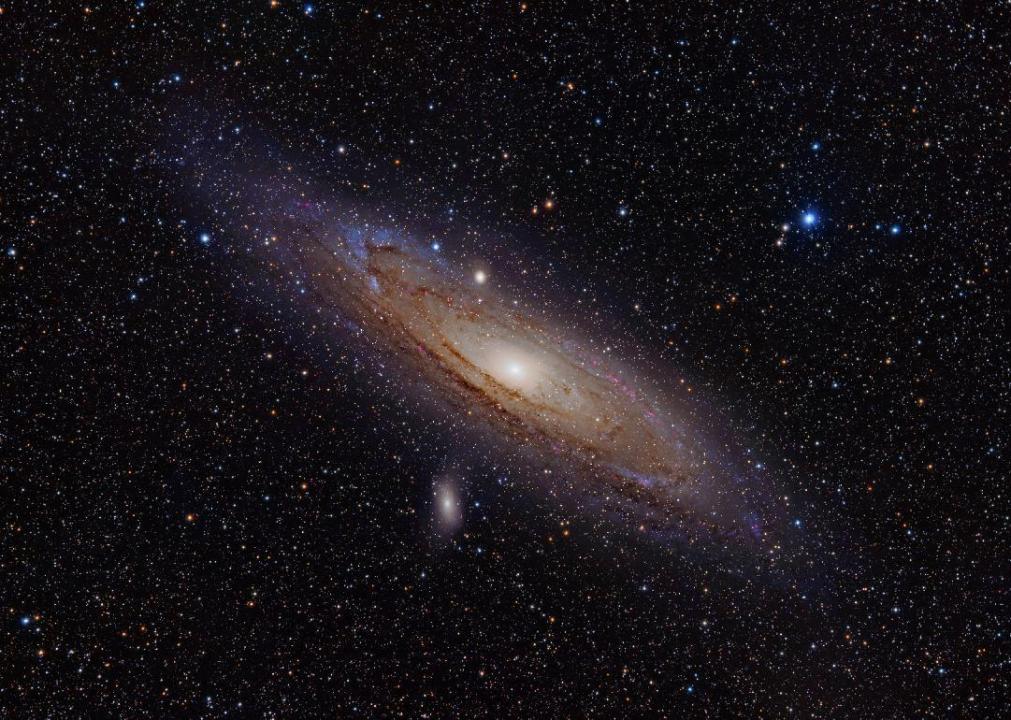
Adam Evans // Wikipedia
#3. Andromeda Galaxy
Also known as M31, this galaxy is the closest to the Milky Way, where the Earth exists. Andromeda Galaxy has a similar structure to the Milky Way; it is spiral in shape and has a large density of stars, dust, and gas. Because of its proximity, it is the only galaxy that can be seen from Earth with the unaided eye, particularly on fall and winter nights.
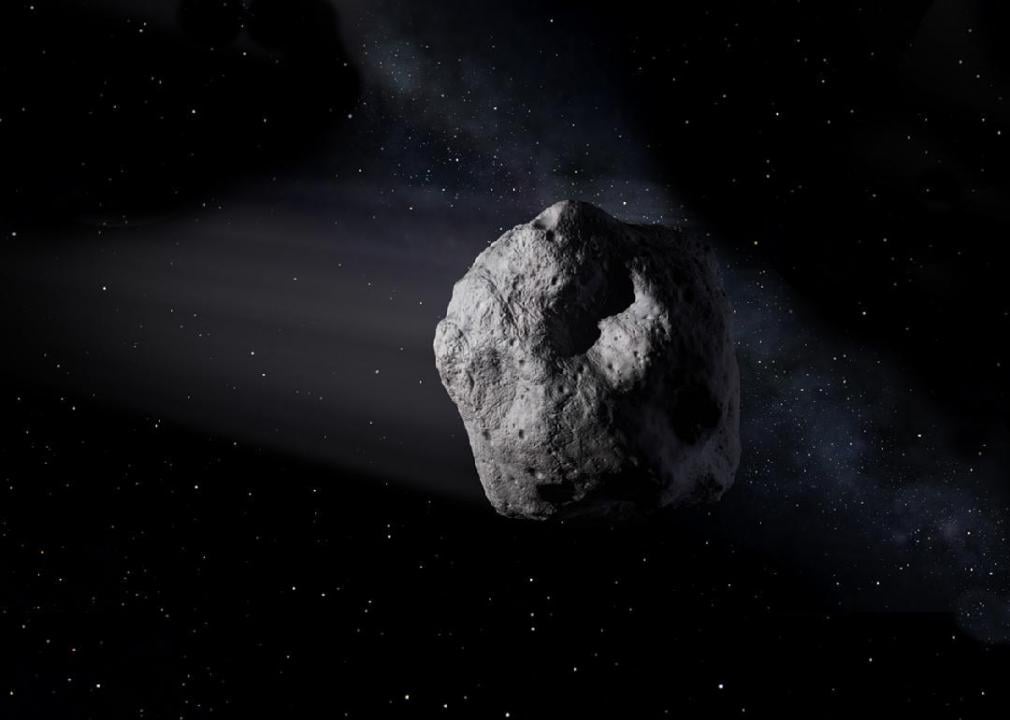
NASA
#4. Asteroid
Asteroids are chunks of rock or metal that used to be parts of other small planets that have broken off due to a collision in space and now orbit the sun. The word asteroid means "star-like," referring to their emission of light. Asteroids can be lumped into orbital groupings called families and form into an asteroid belt.
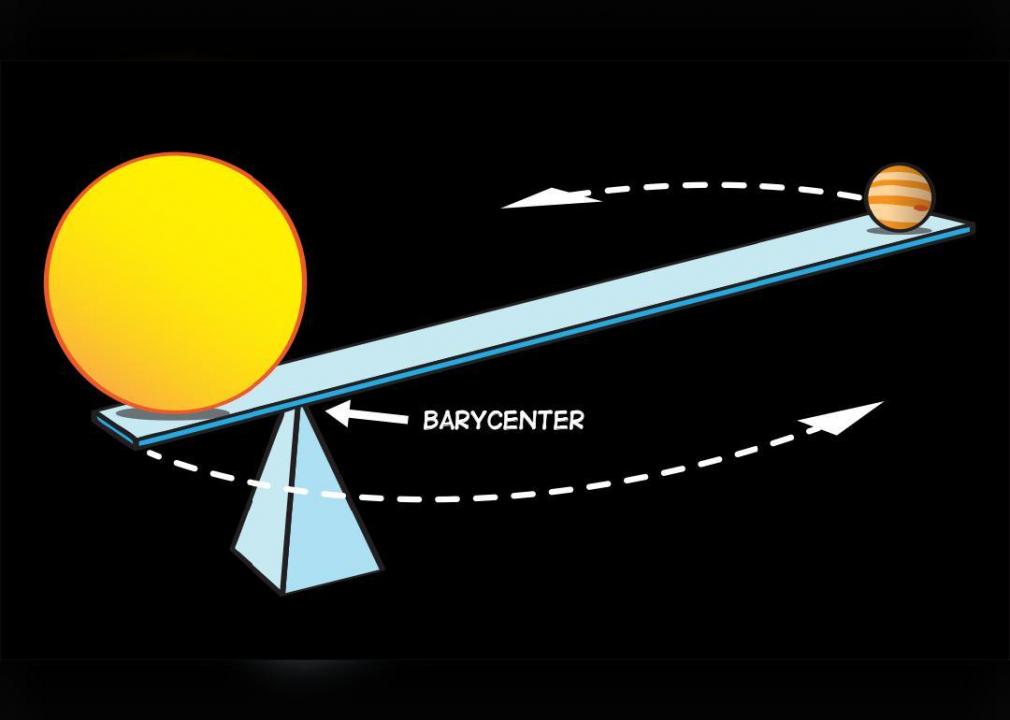
NASA Space Place // Wikimedia Commons
#5. Barycenter
A barycenter is the common centre mass around which a solar system orbits. While it has become common knowledge that planets orbit stars, it is, in fact, the barycenter that both stars and planets orbit around. Our solar system's barycenter is constantly changing position based on where each of the planets is in its orbit, ranging from being near the centre of the sun to being just outside its surface.
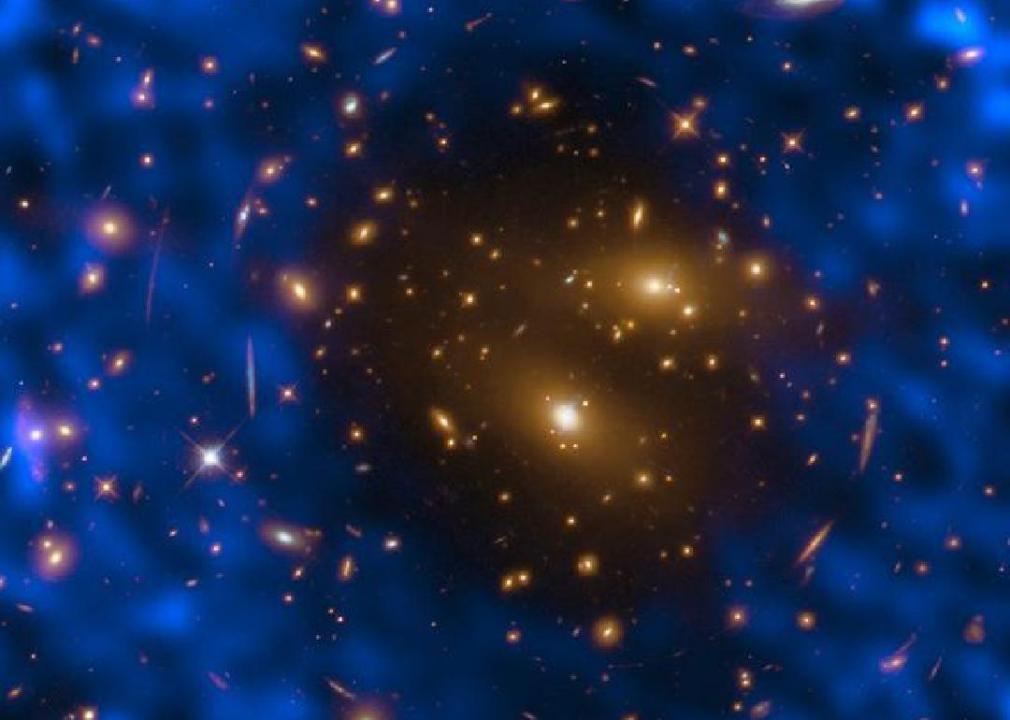
NASA
#6. Big Bang
The Big Bang Theory is a model describing the origin of the universe. It explains how the universe expanded from a high-density, high-temperature state into the cosmos we see today. Although there are alternative theories, this is the most widely recognized theory of how the universe began.
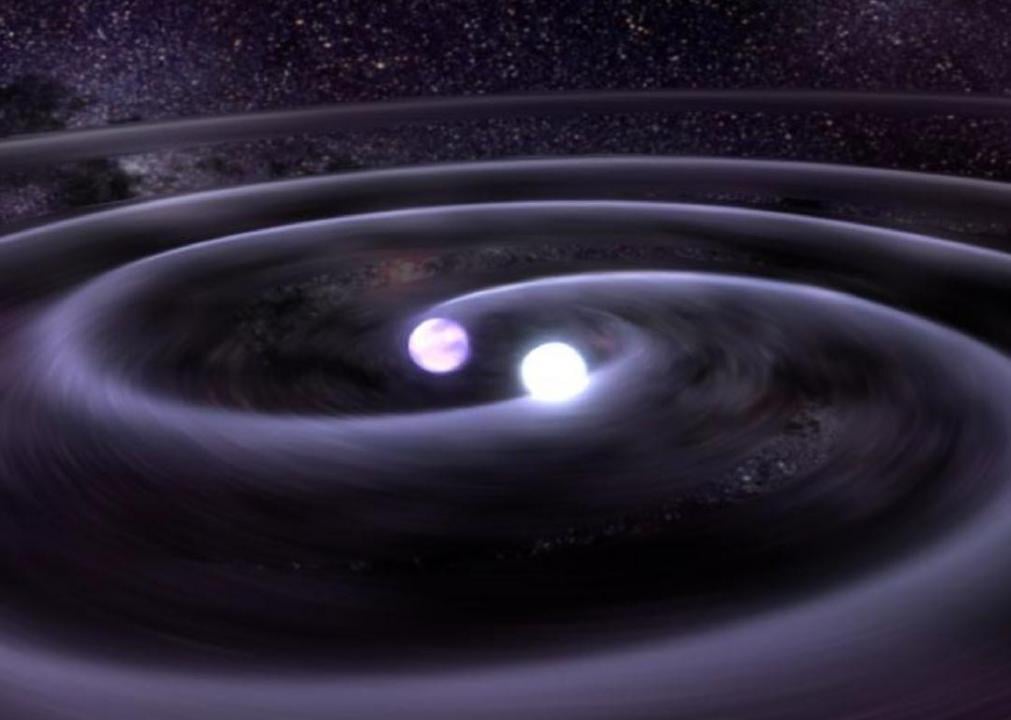
NASA // Wikipedia
#7. Binary star
Binary stars are systems that only contain two stars that orbit together. Together, they orbit a common centre of mass. There are two types of binary stars: wide binaries and close binaries. Wide binaries orbit with a significant distance apart from each other, causing them to have little effect on each other. Close binaries orbit closely and actually can acquire material from one another.
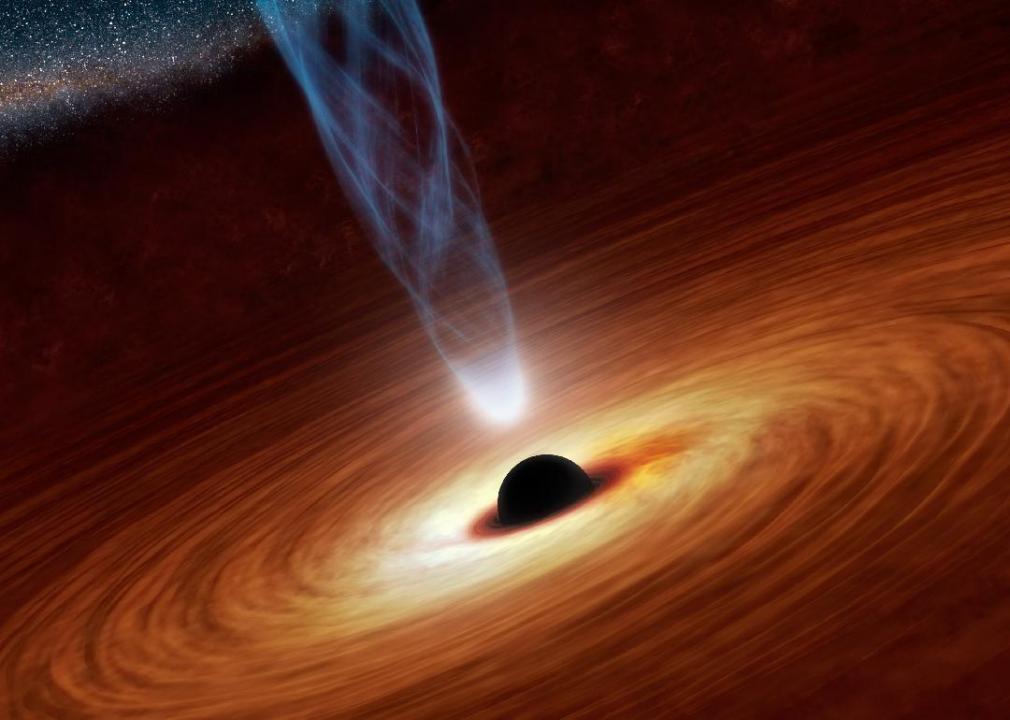
NASA // Wikimedia Commons
#8. Black hole
Made famous by Einstein's theory of general relativity, a black hole is the small dense core remnant of a dead star. Since the density of this core is more than about three times more than the density of the sun, the strong force of gravity produces a black hole.
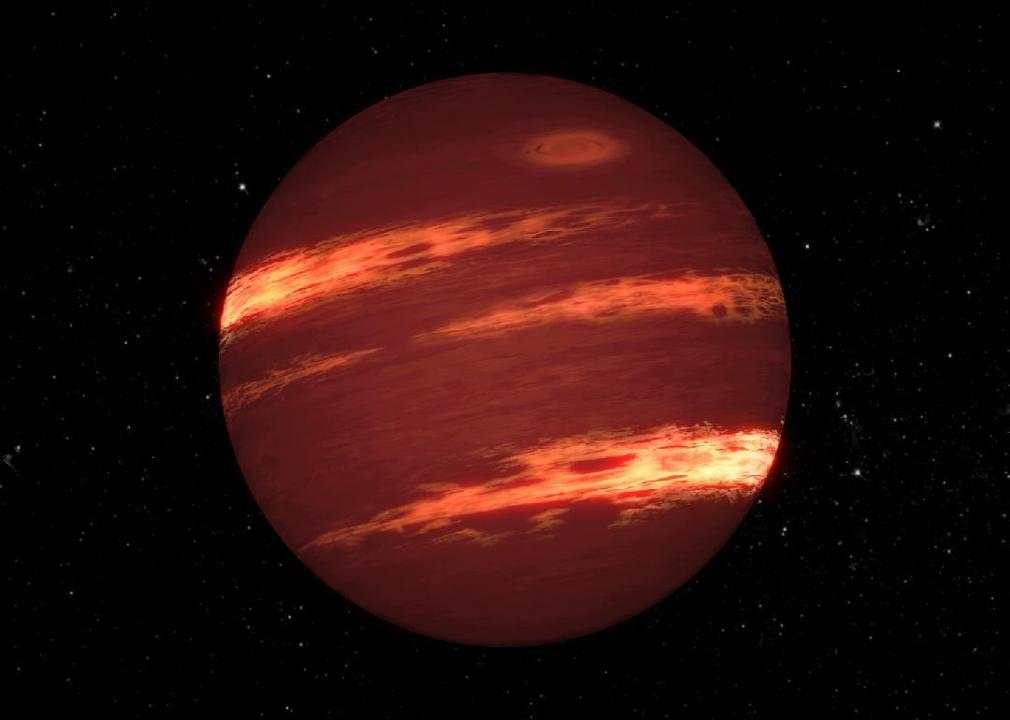
NASA
#9. Brown dwarf
A brown dwarf is born from a collapse of gas and dust, similar to stars. This collapse creates a large amount of energy that gets trapped in a ball of material. The energy emits light from within for tens of millions of years, becoming dimmer as time passes.

Anita Hart // Flickr
#10. Celestial sphere
A celestial sphere is a tool used in spherical astronomy. It is a sphere with a large radius that is concentric with Earth. The sky surrounding the Earth is projected on the sphere, which is helpful for astronomers when they are attempting to plot positions in situations where distances aren't important.

NASA
#11. Comet
Besides being a beautiful phenomenon rarely visible from Earth, comets are icy, frozen balls of gas, rock, and dust. Comets gain their trademark bright glow by emitting gas as their orbit passes close to the sun, sometimes even resulting in a glowing tail.
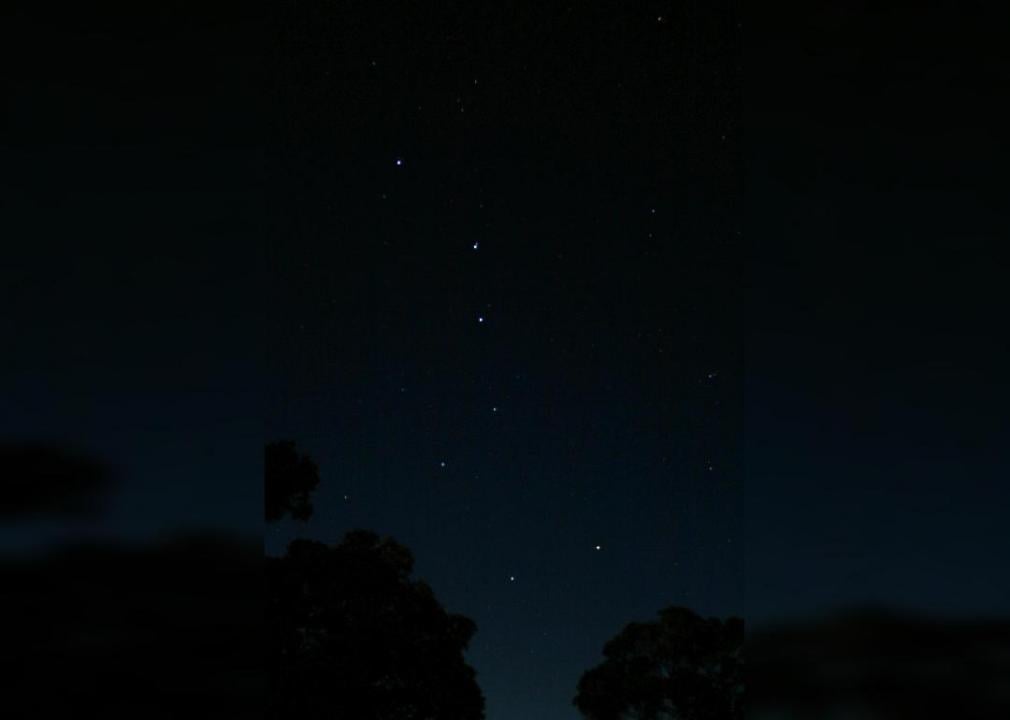
Gh5046 // Wikimedia Commons
#12. Constellation
One of the first things we learn about space is its many constellations. From Orion and his belt to the mythical Seven Sisters and the Big and Little Dipper, constellations map out a group of stars that form shapes in the sky. Explorers first used constellations to map directions as well as a tool for storytelling.

NASA
#13. Dark energy
Like the cosmic mystery its name evokes, dark energy is hard to define. The easiest way to think of it is a property of space that accounts for an expanding universe. The universe's "empty space" may still have its own, dark energy. However, scientists are still trying to pin down the properties of this dark energy that makes up most of the universe.
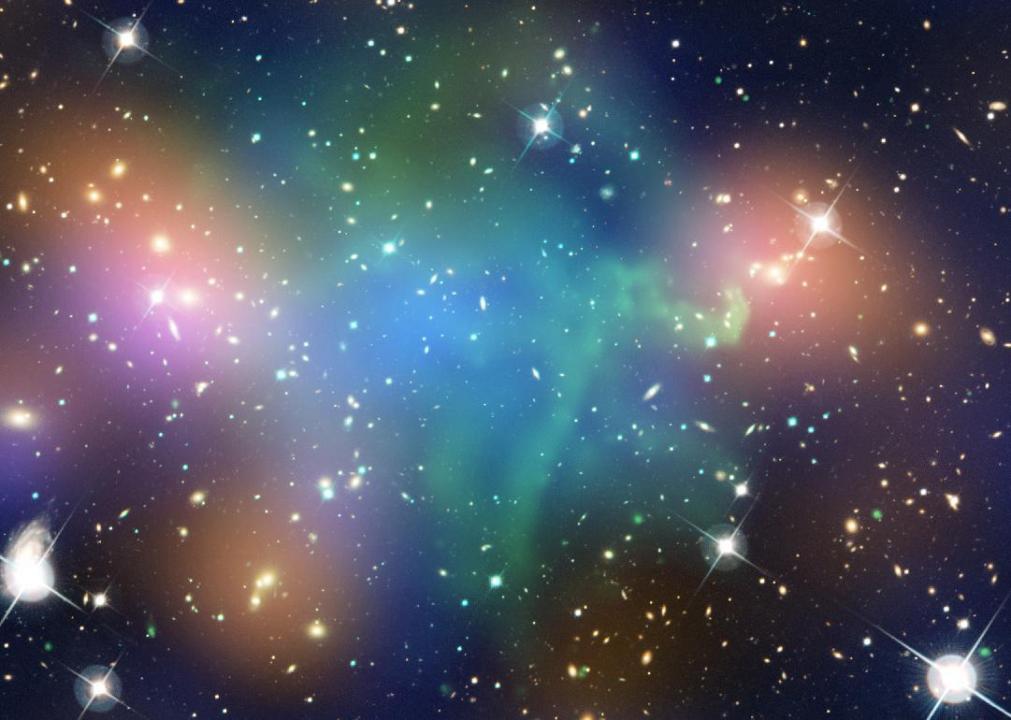
Smithsonian Institution // Wikimedia Commons
#14. Dark matter
Somewhat similar to dark energy, dark matter also covers a large chunk of the universe and remains quite mysterious to scientists. The main difference is that dark matter explains more about how groups of objects in the universe function together. Though scientists have a greater understanding of what dark matter isn't than what it is, a leading theory posits dark matter is made from exotic particles like axions or Weakly Interacting Massive Particles (WIMPS).
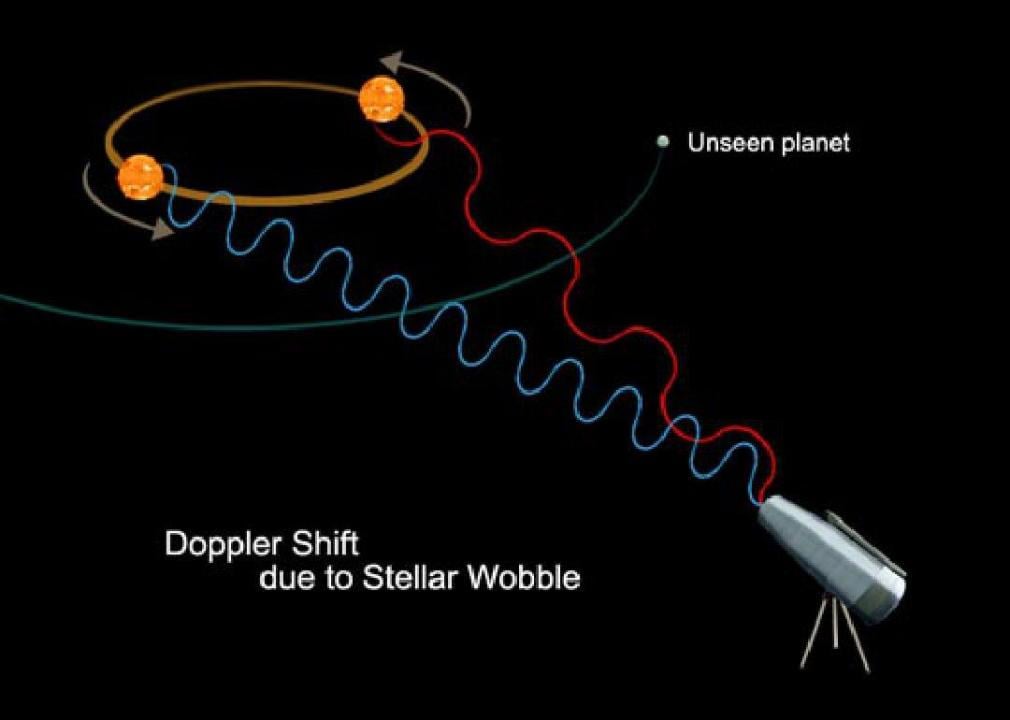
NASA/JPL-Caltech // Wikimedia Commons
#15. Doppler shift
Also known to most as the Doppler effect, the Doppler shift explains the phenomenon of the change in frequency of a wave in relation to an observer. This can be observed when an ambulance drives past you and the volume of the siren doesn't quite match with the proximity of the ambulance to you.
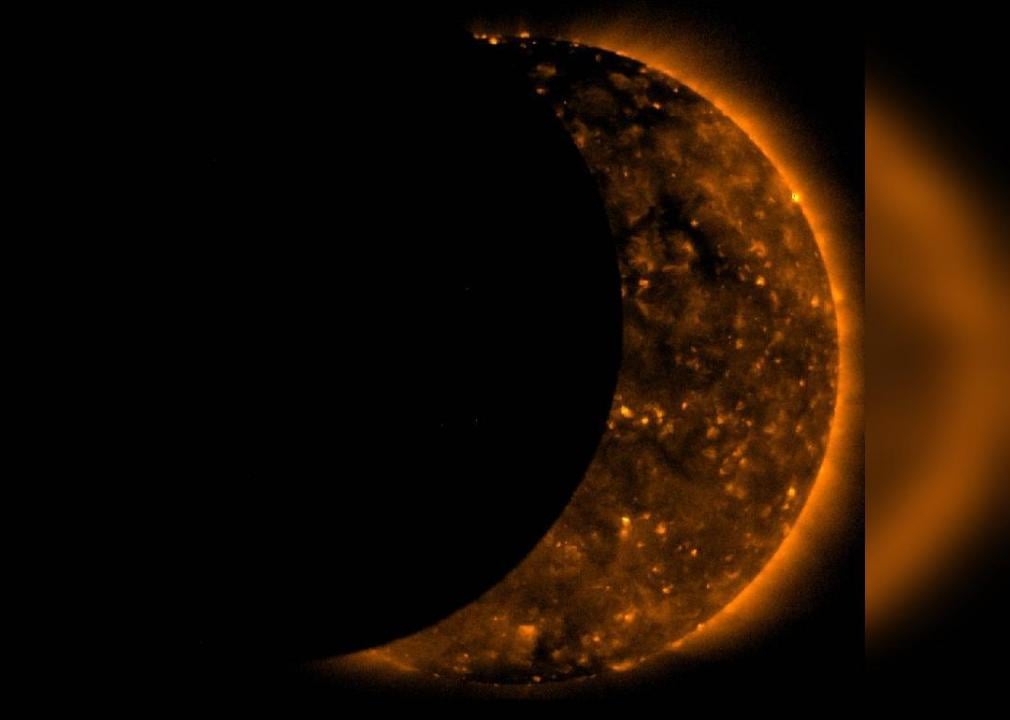
NASA
#16. Eclipse
An eclipse refers to one body in space moving into the shadow of another body. Eclipses can exist in two forms—solar and lunar—depending on the orbit of the Earth and moon. With a lunar eclipse, the moon moves behind the Earth. During a solar eclipse, the moon orbits between the Earth and the sun.

NASA
#17. Equinox
During an equinox, Earth experiences an even 12 hours of daytime and 12 hours of nighttime. This occurs twice a year: The March equinox marks spring's arrival in the Northern Hemisphere and Fall in the Southern Hemisphere. The September equinox ushers in the fall's arrival in the north and spring in the south.

Alexander Mokletsov // Wikimedia Commons
#18. Escape velocity
Escape velocity is the speed that an object needs in order to escape a planet or moon's gravitational pull. For example, the escape velocity for a spaceship to leave the surface of Earth is about 25,000 miles per hour.

NASA
#19. Exoplanet
When planets exist beyond our solar system and orbit a star other than the sun, they are called an exoplanet. Exoplanets are extremely hard to see, as they are often hidden by the glare of the star they orbit. Because of that, the first exoplanet was not recognized until 1992.

Department of Energy. Office of Public Affairs // Wikimedia Commons
#20. Fermi paradox
Named after Italian-American physicist Enrico Fermi, the Fermi paradox is a theory using statistical analysis to postulate why we have yet to see signs of life on other planets within our galaxy. The paradox assesses the likeliness that there are similar planets to Earth within the Milky Way, and likely have the ability to support life, yet no signs of life have been found which means it's a paradox.
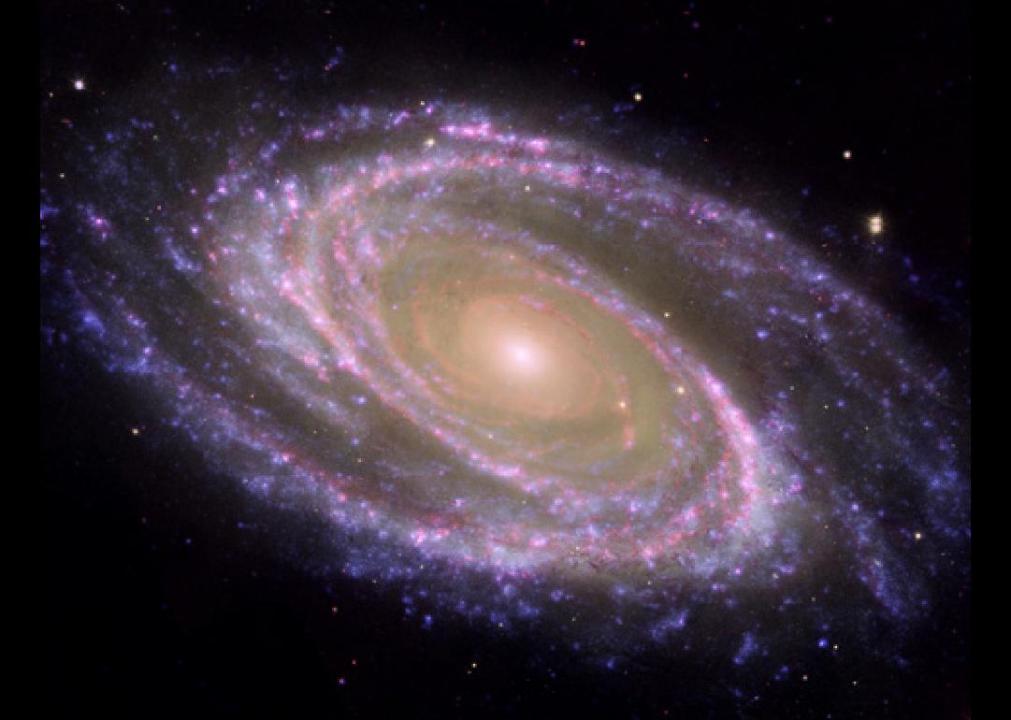
NASA
#21. Galaxy
We all know that we live in the Milky Way galaxy, but what exactly is a galaxy? A galaxy is a wide-ranging mix of dust, gas, stars, and various solar systems brought together by a singular gravitational pull.
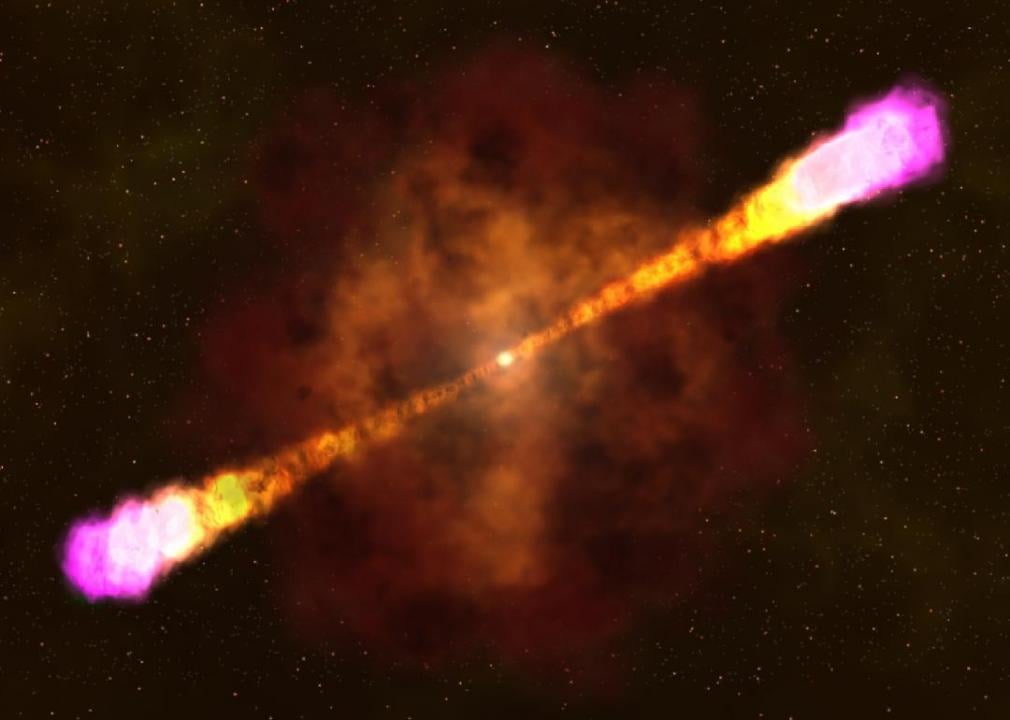
NASA/GSFC // Wikimedia Commons
#22. Gamma-ray burst
A gamma-ray burst is the most violent type of explosion in the universe. The explosion itself emits more energy in 10 seconds than the sun will emit in its lifetime. When it happens, it's the brightest source of light in the observable universe. Satellite evidence suggests gamma-ray bursts are the result of matter collapsing into black holes.

Jim Campbell/Aero-News Network // Wikipedia
#23. Gravity
Based on the Latin word for "weight," gravity is a natural phenomenon where things with mass or energy are drawn toward its centre. The force of gravity is what keeps us planted on Earth's surface and also keeps the Earth orbiting the sun.
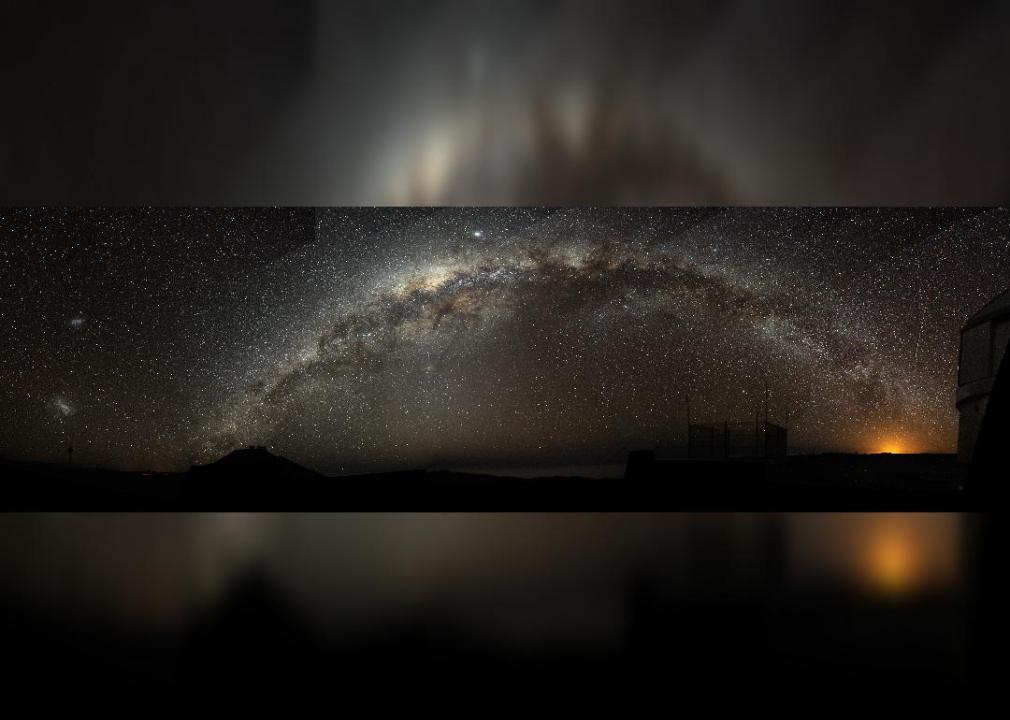
Bruno Gilli/ESO // Wikimedia Commons
#24. Hypergalaxy
A hypergalaxy consists of one large dominant galaxy surrounded by various smaller tertiary galaxies. The Milky Way and our neighbouring Andromeda galaxies are both hypergalaxies.
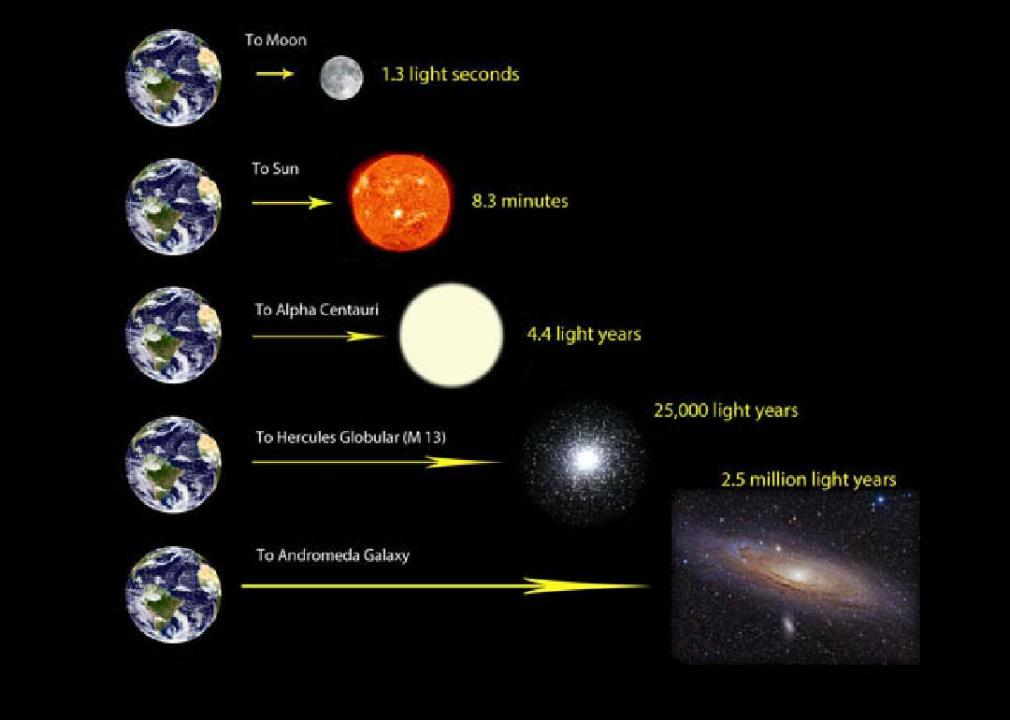
Bob King // Wikimedia Commons
#25. Light-year
A light-year is as simple a concept as its name suggests. It is an astronomical distance that measures the distance that light travels in a year. One light-year roughly equates to six trillion miles.
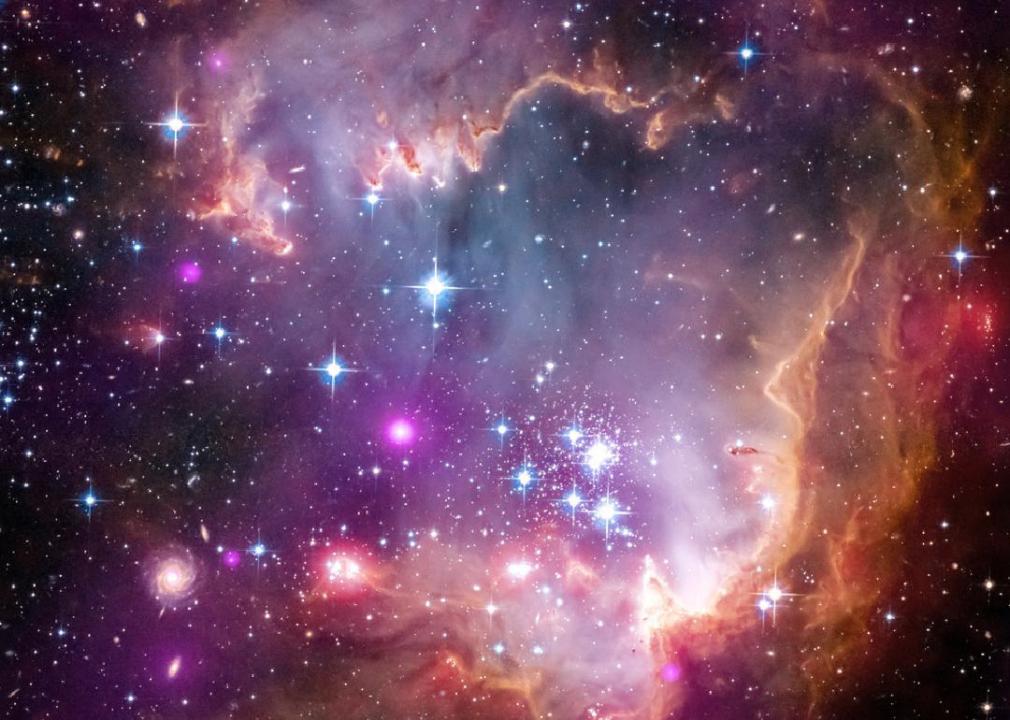
NASA
#26. Magellanic clouds
Understanding Magellanic clouds has become a propelling source of understanding distant galaxies. They consist of two irregular galaxies that orbit the Milky Way. Orbiting about 200,000 light-years away, the Magellanic clouds are formed by the Large Magellanic Cloud and the Small Magellanic Cloud.
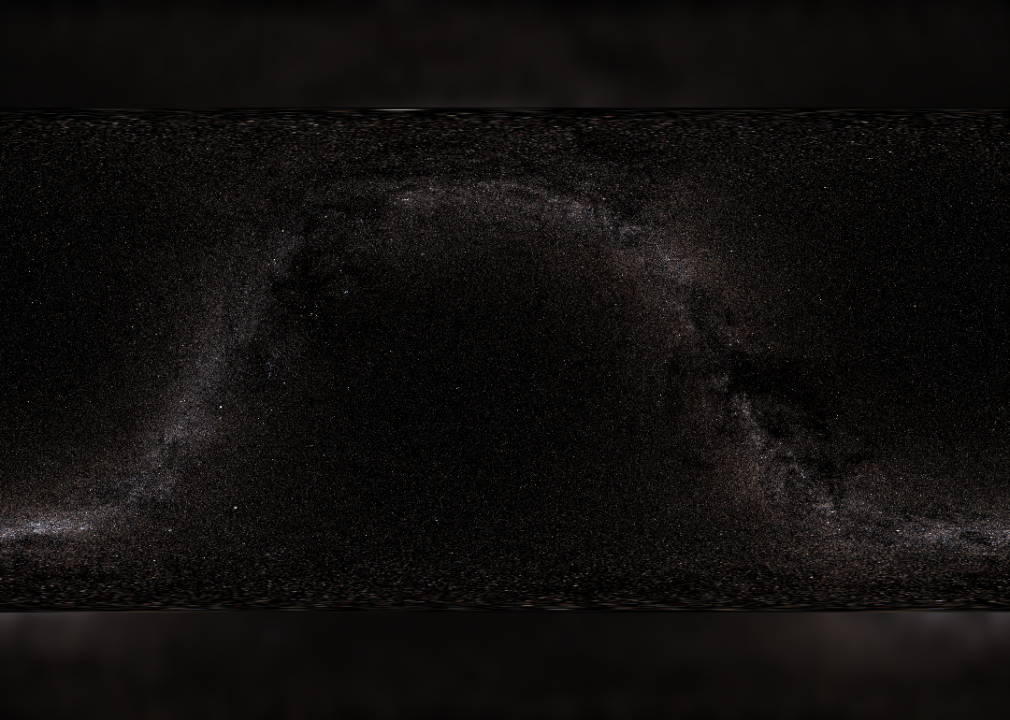
NASA
#27. Magnitude
Magnitude refers to a mathematical measurement for something's size or extent in comparison to other similar objects. In astronomy, magnitude is a unitless system used to measure the varying degrees of brightness of objects in the sky. Greek astronomer Hipparchus introduced the concept of magnitude for classifying stars in 129 B.C., referring to the brightest stars in the sky as "first magnitude."

Navicore // Wikimedia Commons
#28. Meteor
A meteor is a rocky object or asteroid that vaporizes when entering the Earth's atmosphere. They're often called "shooting stars" and provide a beautiful glowing tail as they enter the atmosphere. Next time you see one, be sure to make a wish upon a meteor!
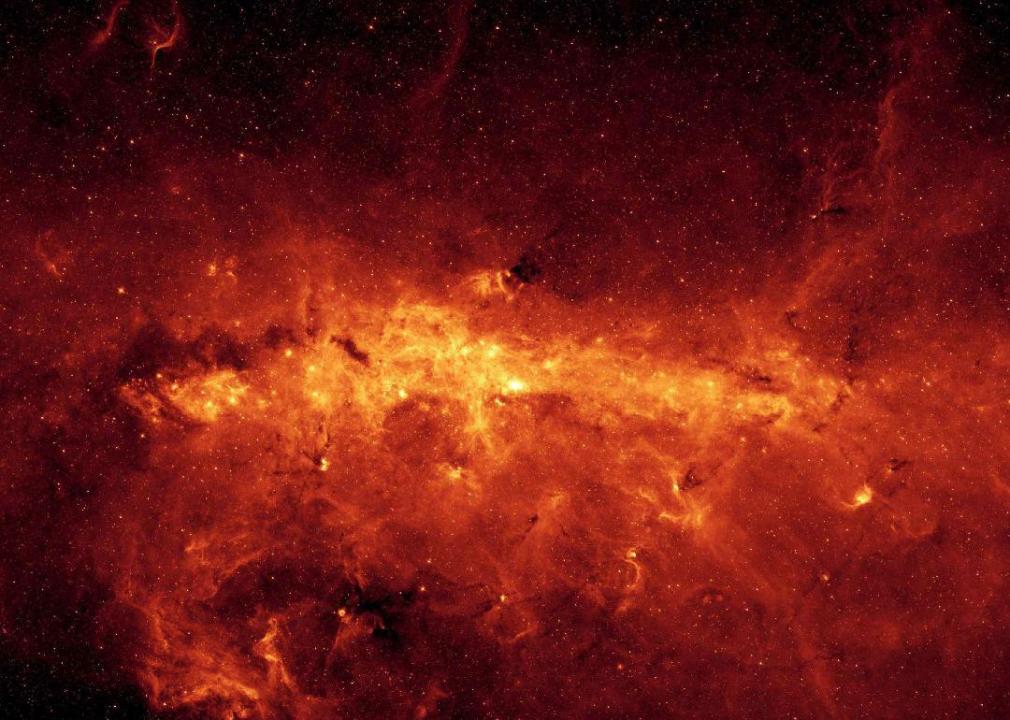
NASA
#29. Milky Way
The Earth's galactic home, the Milky Way is a spiral galaxy that is constantly rotating. The Milky Way contains a high amount of dust and gas wrapped around the central galactic bulge. The galactic bulge contains a dense amount of dust, gas and stars. And within that bulge, exists a large black hole (see slide #8). Our solar system lies about 30,000 light-years from the galaxy's centre.
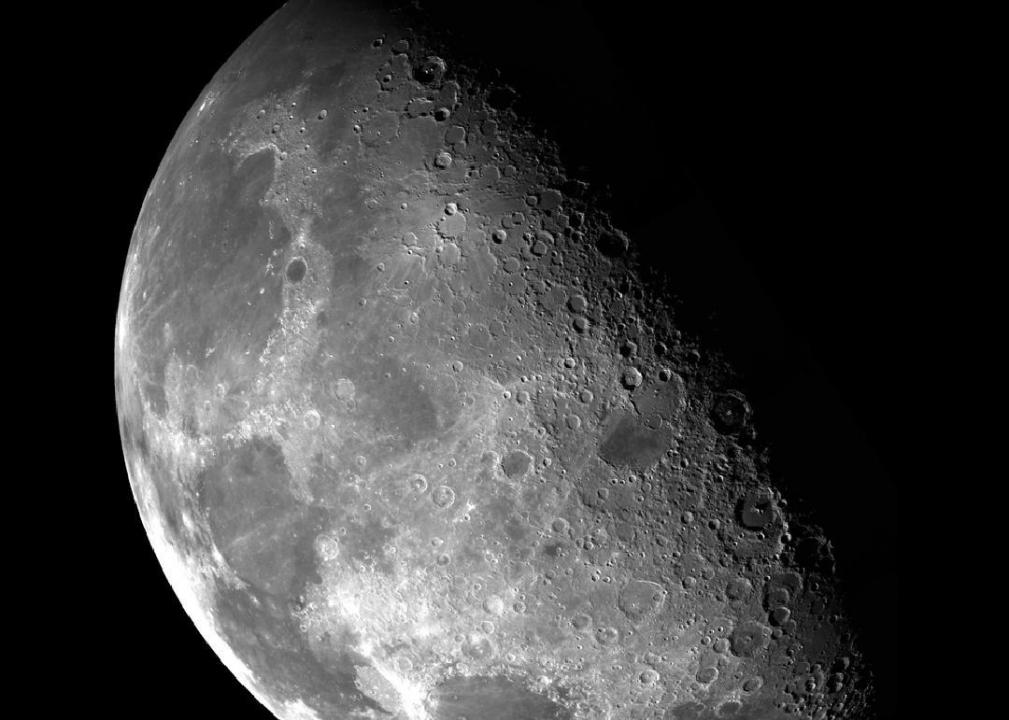
NASA
#30. Moon
The moon is a heavenly body that orbits the Earth and happens to be the easiest object to spot in the night sky. As the moon orbits our planet, we see it go through "phases," where at different times different proportions of the moon's surface are visible. These phases have guided time since the beginning of humanity. The calendar month roughly replicates the moon's orbit of the Earth.

NASA
#31. Nebula
A nebula is a large cloud of dust and gas in space that is produced when a star dies. The gas and dust eventually clump together into a mass large enough to form its own gravity. Nebulae can also be places for new stars to form and are sometimes referred to as "star nurseries."

Internet Archive Book Images // Wikimedia Commons
#32. Nebular hypothesis
The Nebular hypothesis is the most widely accepted theory of how our solar system was born. The theory itself was born during the Scientific Revolution from the 16th to 18th centuries. The theory's essence states that our solar system was birthed from a nebula billions of years ago. The theory has also been applied to how all stars came to be.
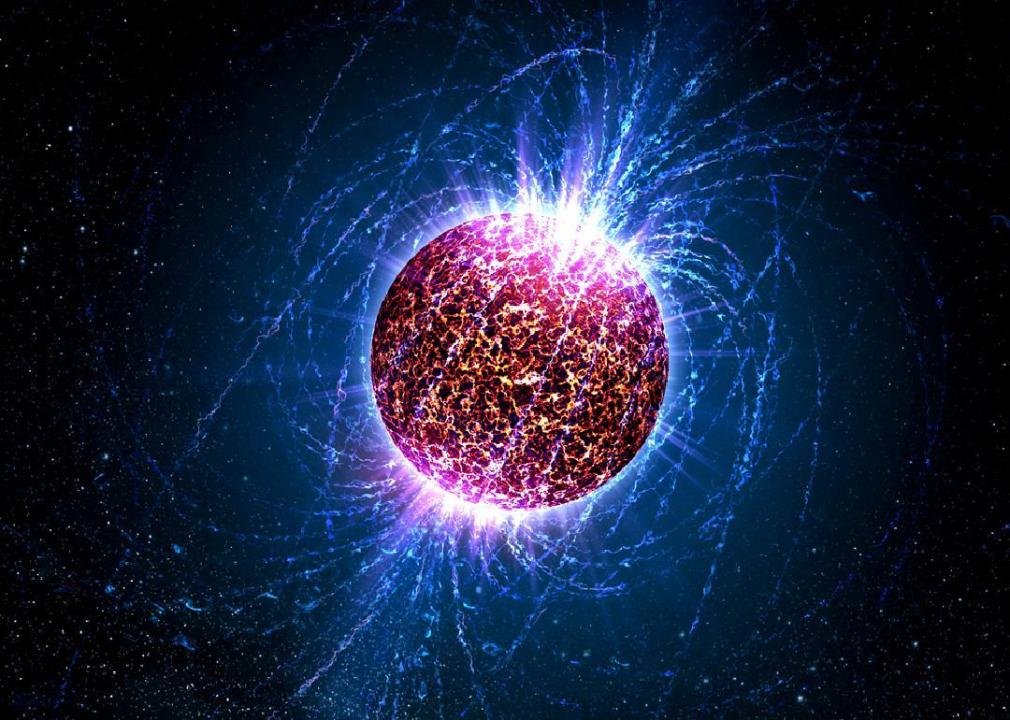
Casey Reed - Penn State University // Wikimedia Commons
#33. Neutron star
Neutron stars are small, but very dense objects that are birthed by the explosive death of a giant star. Neutron stars can exist in two states. The first is a pulsar, which emits a narrow radiation beam. The second is a magnetar, which has a powerful magnetic field that has the force to distort atoms.
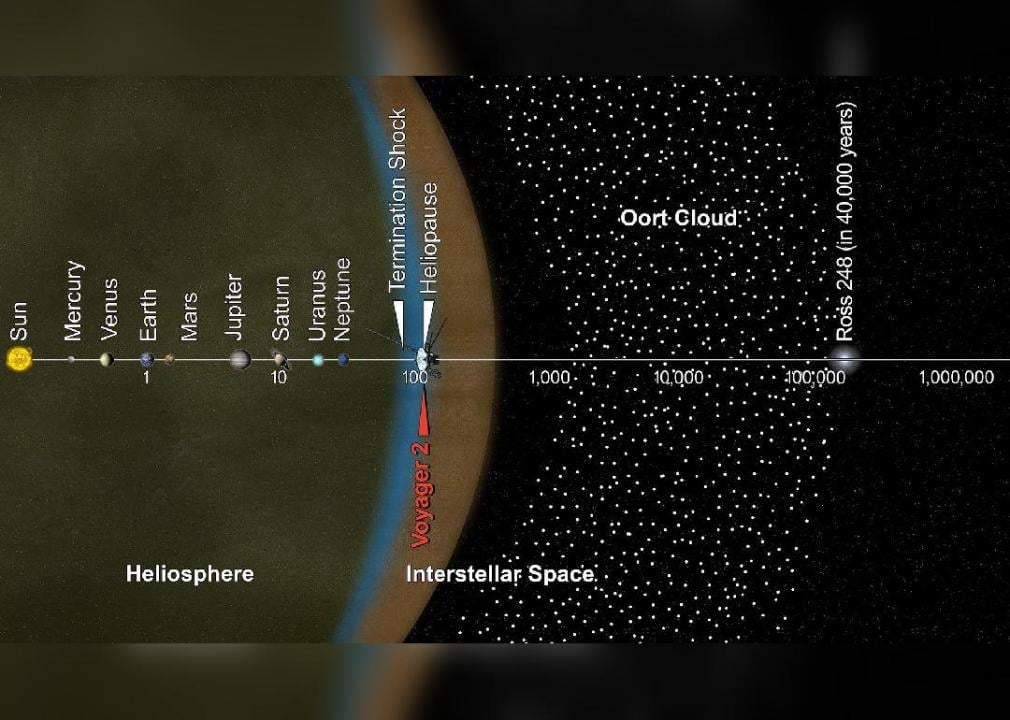
NASA
#34. Oort Cloud
Named after astronomer Jan Oort whose theory about a cloud comprising a shell of icy objects existing beyond the Kuiper Belt, or the region that exists in our solar system beyond Neptune, could be responsible for the long-term comets visible from Earth (like Halley's). The cloud is theorized to comprise the remains of disc materials of planets and the sun.
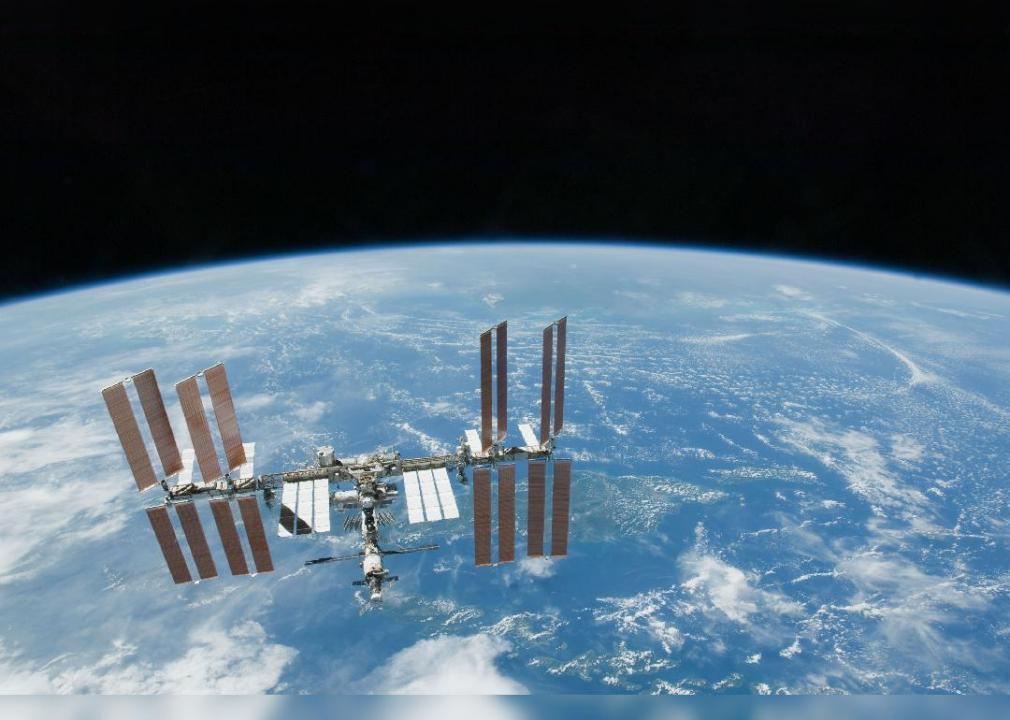
NASA // Wikimedia Commons
#35. Orbit
In short, an orbit is the gravitationally curved trajectory of an object in space. In other words, an orbit is the circular motion in which objects in space travel due to gravity's pull. For example, the moon orbits around the Earth and the Earth orbits around the sun in a circular motion. An object that orbits another is called its satellite.

NASA
#36. Parallax
Measuring using parallax involves estimating the distance of nearby celestial objects by measuring movement against more distant celestial objects. This method is often used when measuring distances of neighbouring stars, called stellar parallax.
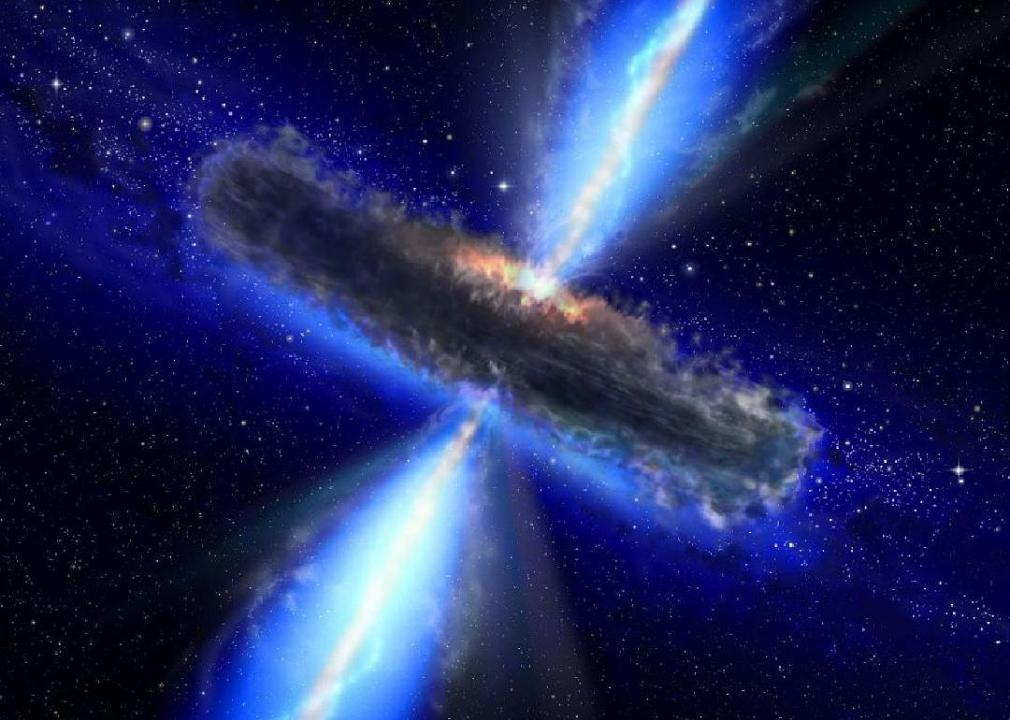
NASA
#37. Quasar
Quasars are large distant objects in space that are powered by large, powerful black holes. They tend to shine so brightly that their light eclipses the old galaxies that they exist within. They are capable of emitting thousands of times more energy than the Milky Way emits.
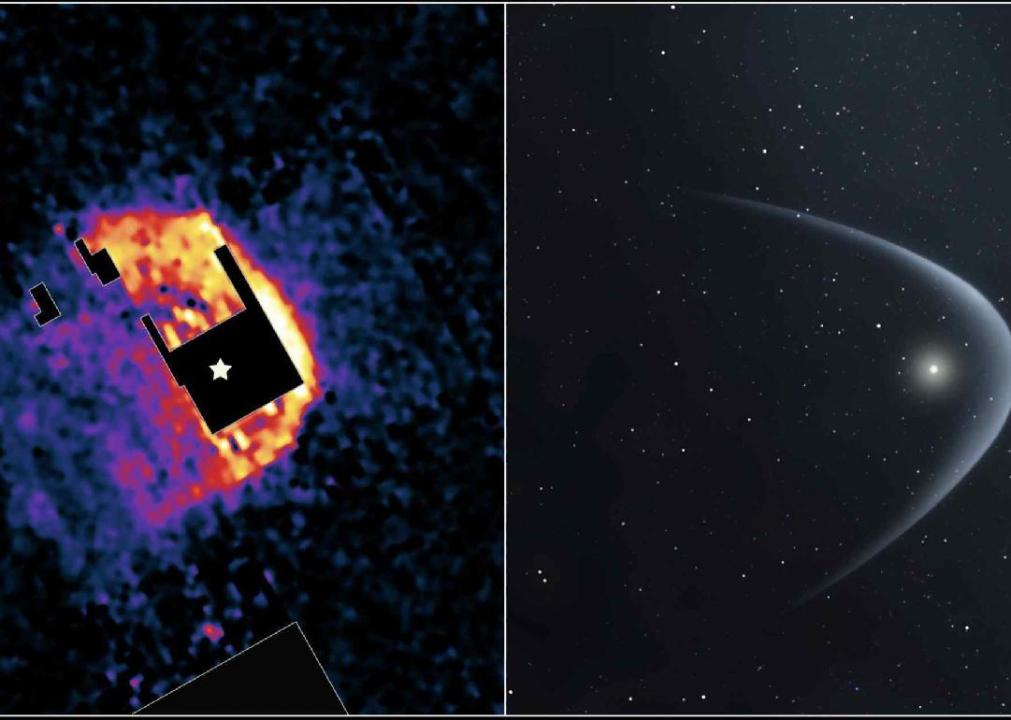
NASA
#38. Red giant
A red giant is a star that is reaching its final days and approaching death. If a star has turned into a red giant, the star is in the last states of its stellar evolution and expands. Our own sun will eventually expand and turn into a red giant—but not for a few billion years.
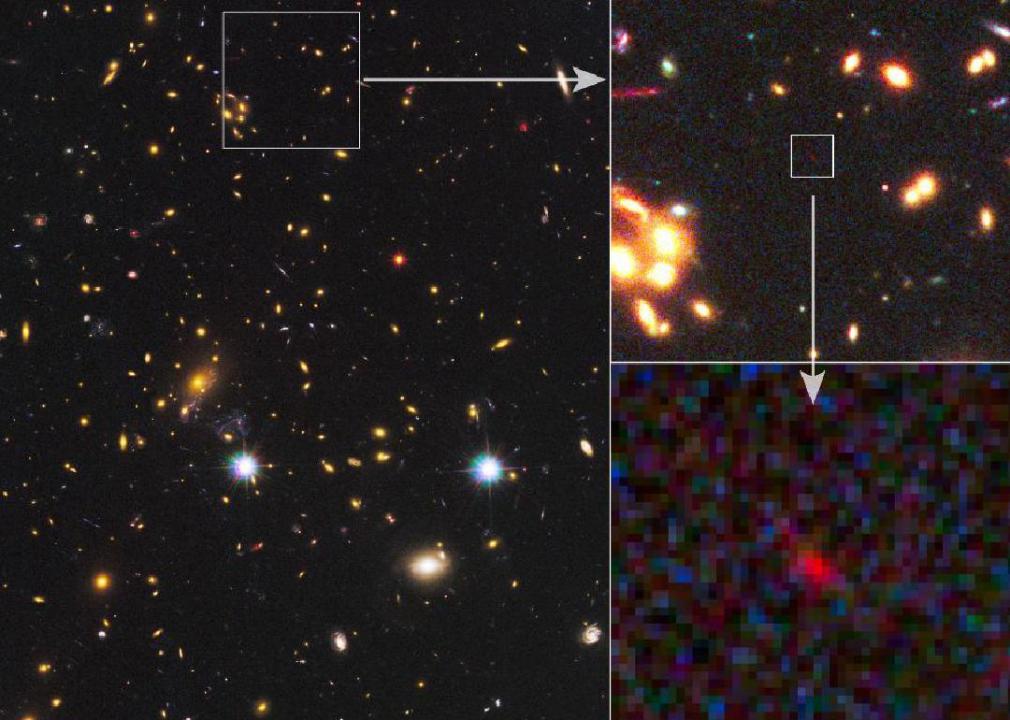
NASA
#39. Red shift
Red shift and blue shift explain how light changes wavelength as objects in space move closer or farther from each other. As an object moves away from us, the light is shifted towards the red end of the colour spectrum. In turn, as it moves closer, the light shifts towards the blue end of the spectrum. Along with blue shift, red shift is hugely valuable in understanding the universe's expansion.
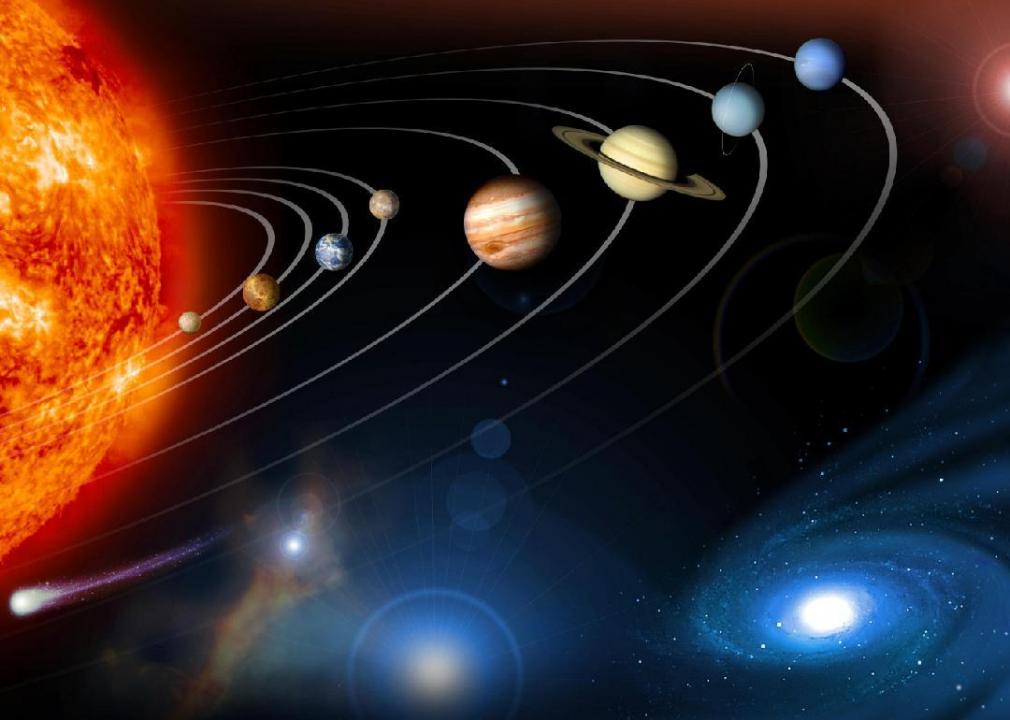
NASA
#40. Solar system
A solar system is a gravitationally bound system of a sun and the objects that orbit it. That includes the bodies that orbit the objects orbiting the sun. For example, our solar system contains the sun, the planets that orbit it, as well as moons and other objects that orbit them.
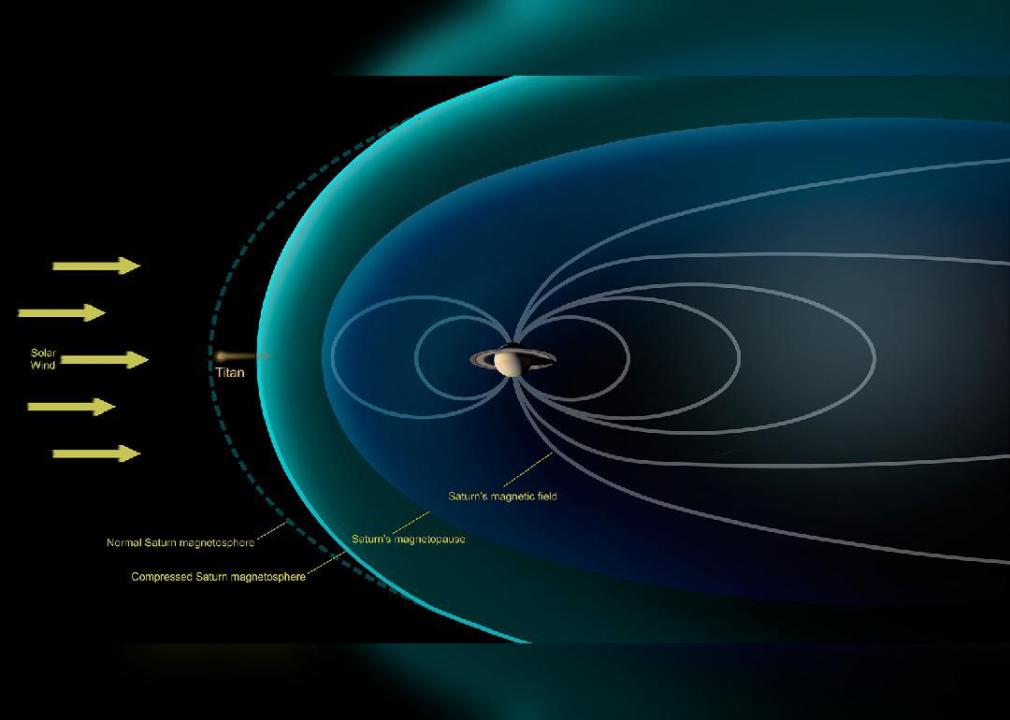
NASA
#41. Solar wind
Solar wind is a wind streaming solar particles and plasma from the sun. As a solar wind carries charged particles from the sun towards the Earth could have catastrophic effects for Earth's habitants. But don't worry, Earth's magnetic field provides a pretty sturdy shield against any of these negative effects.
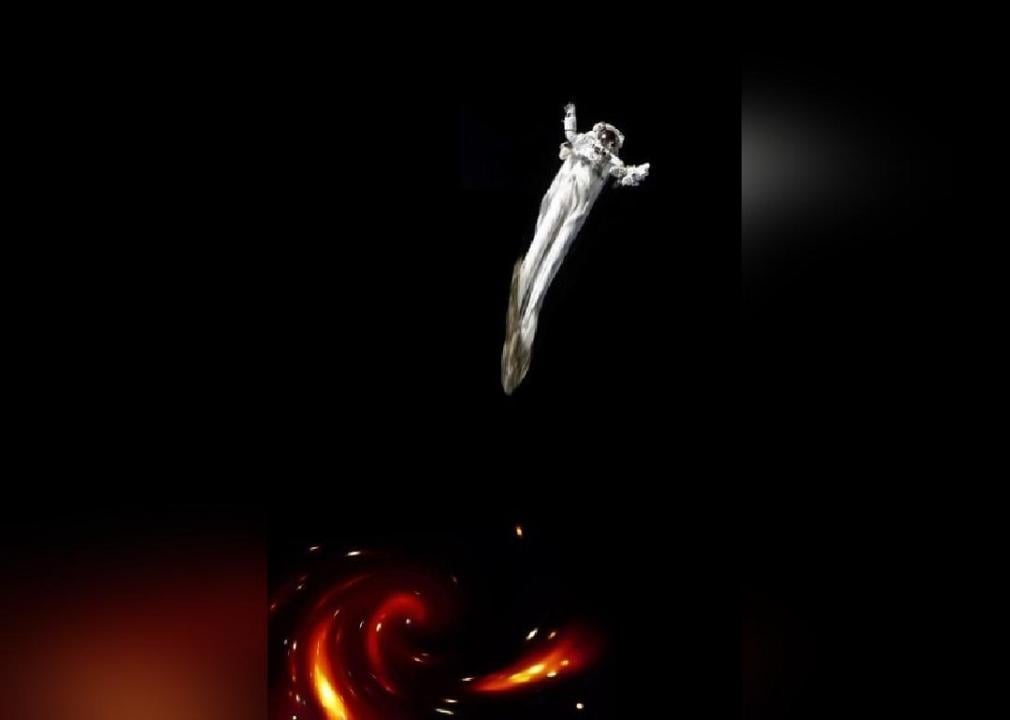
Creative Commons // Wikimedia Commons
#42. Spaghettification
Sometimes referred to as the "noodle effect," spaghettification is when the extreme tidal forces stretch out objects to be long and thin like a noodle. This effect can also be caused by the immense gravitational pull of a black hole.
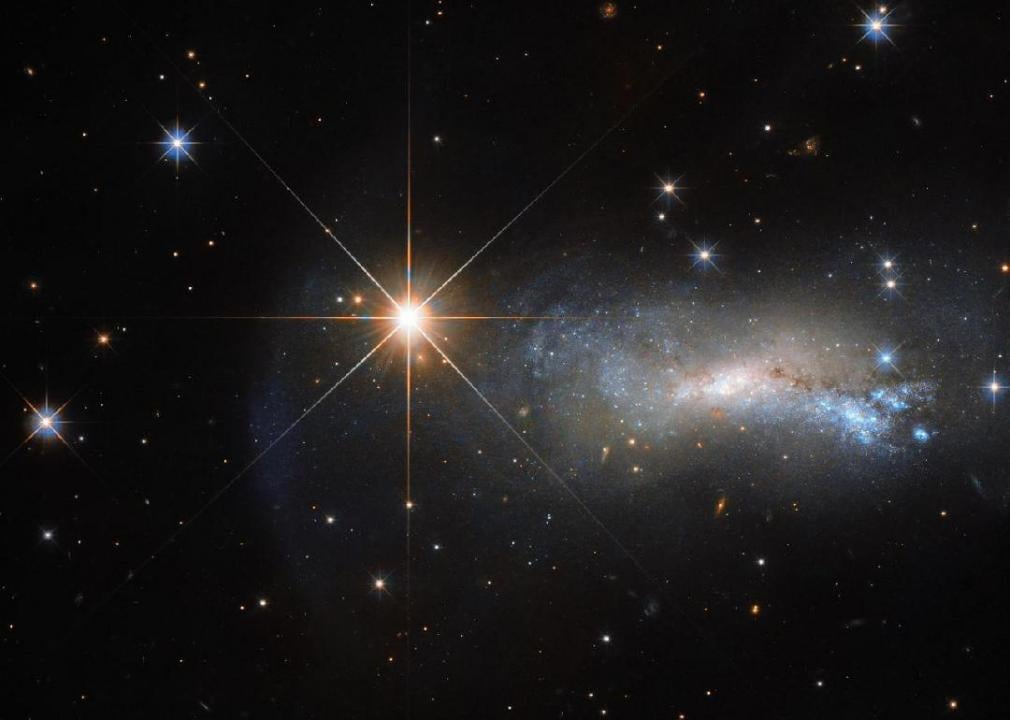
NASA
#43. Star
Other than serving as beautiful guiding lights in our sky, stars are astronomical objects that are composed of gas that pulls itself together with its own gravitational pull. Nuclear fusion at the star's core creates the light that stars emit.
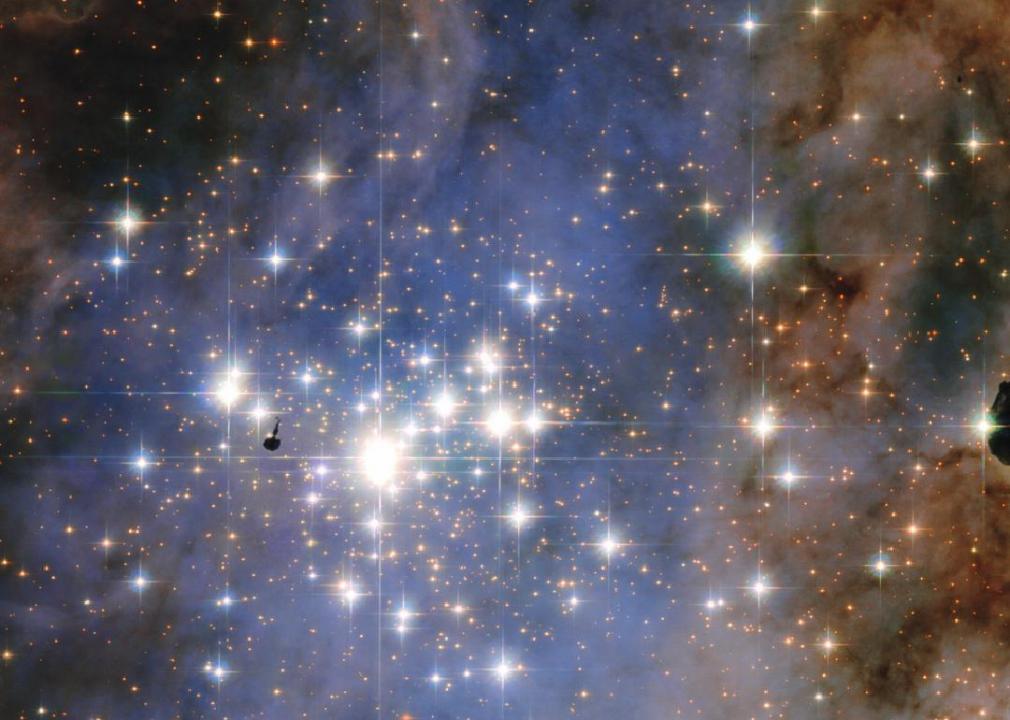
NASA
#44. Star cluster
In the same way that planets can be gravitationally bound to the sun, causing them to orbit it, stars can also cluster together due to gravity. Two types of star clusters can be determined: globular clusters and open clusters. Globular clusters are tight clusters of thousands of older stars, whereas open clusters are made up of a few hundred very young stars.
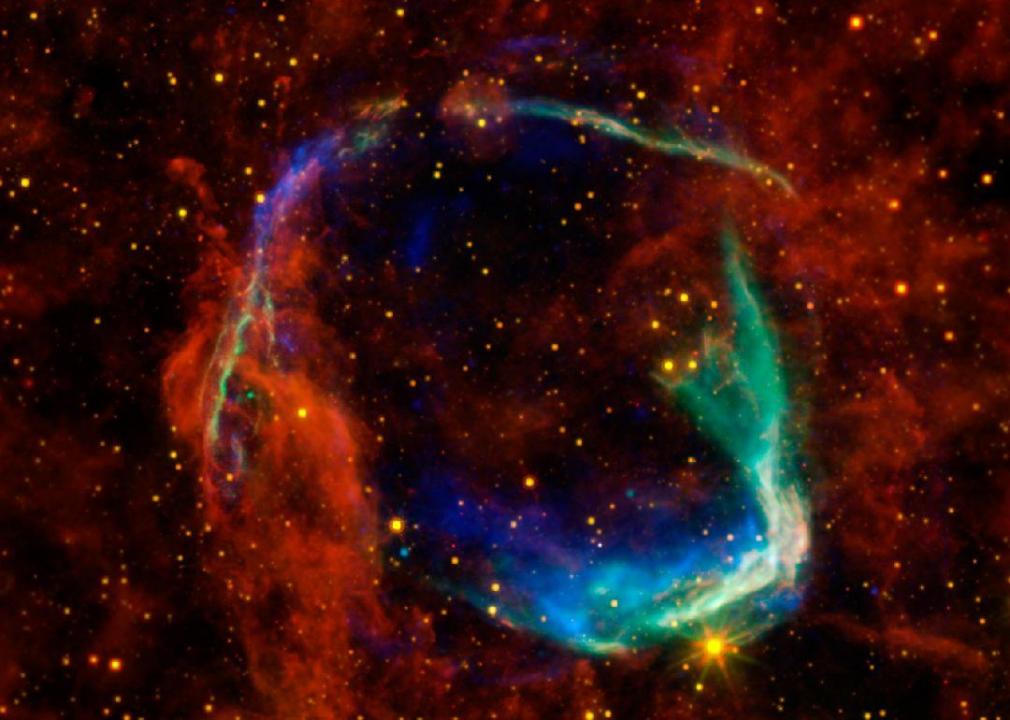
NASA
#45. Supernova
A supernova is the largest explosion that can be seen with the human eye. A supernova occurs as the last step of a dying massive star that emits an extremely bright light. This occurs in the death of a star at least five times the mass of our solar system's sun.
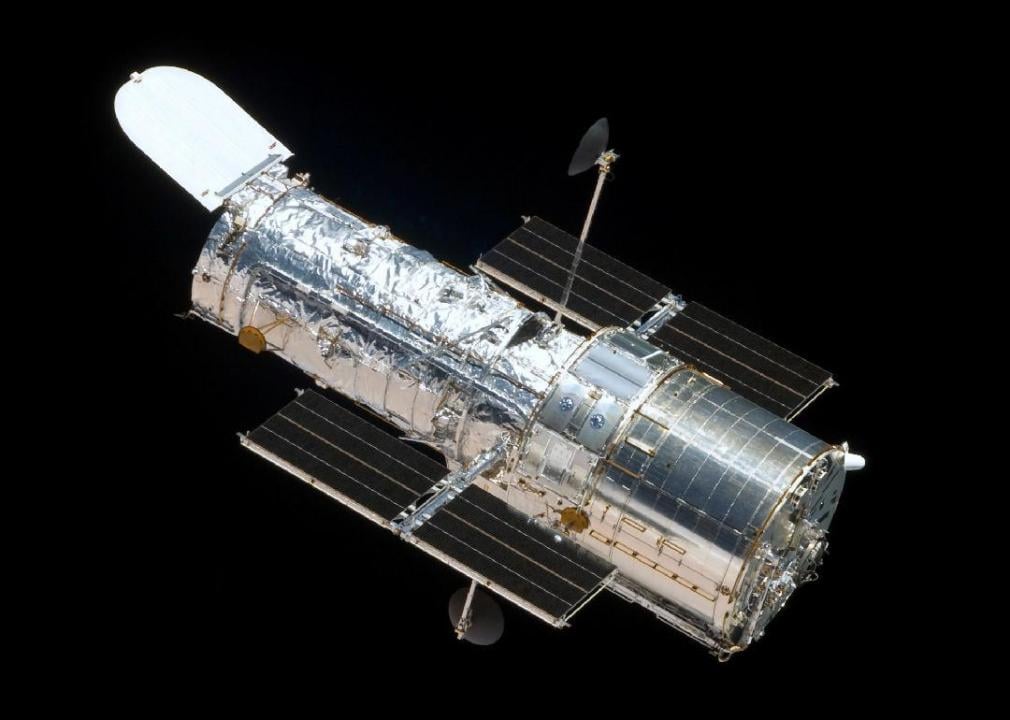
Ruffnax // Wikipedia
#46. Telescope
A telescope is the signature tool of astronomers to see far objects out in space in further detail. Today, telescopes are designed with curved mirrors that gather light from the sky and concentrate it so that far away objects are visible.

Public Domain // Wikimedia Commons
#47. Theory of relativity
The theory of relativity was developed by Albert Einstein in 1905 and includes both theories of special relativity and general relativity. The theory determines that the laws of physics are the same for all non-accelerating observers and was monumental in introducing a framework for space and time.

Lookang // Wikimedia Commons
#48. Tides
Tides are the rise and fall of sea level that is caused by the gravitational pull of the moon and the sun. They are one of the most reliable phenomena in the world. The difference between high and low tide is called the tidal range.
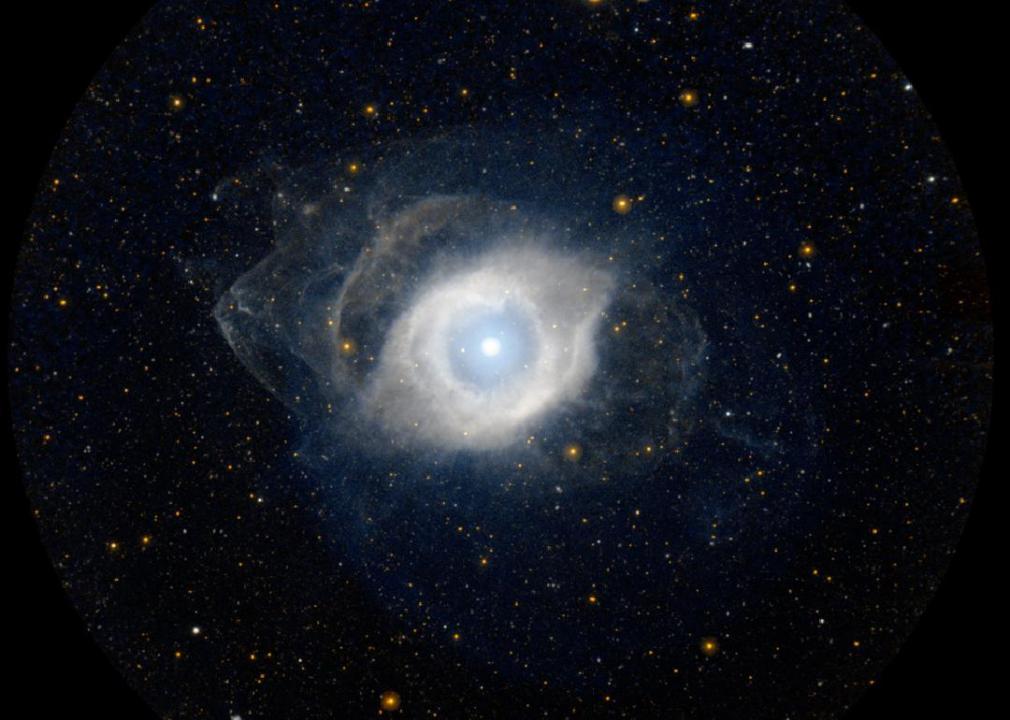
NASA
#49. White dwarf
A white dwarf is a relatively small star that is about the size of a planet that is very dense. It is essentially a star that has exhausted all of its nuclear fuel from within. It expels most of its outer material, leaving a white-hot core that cools over the next billion years.
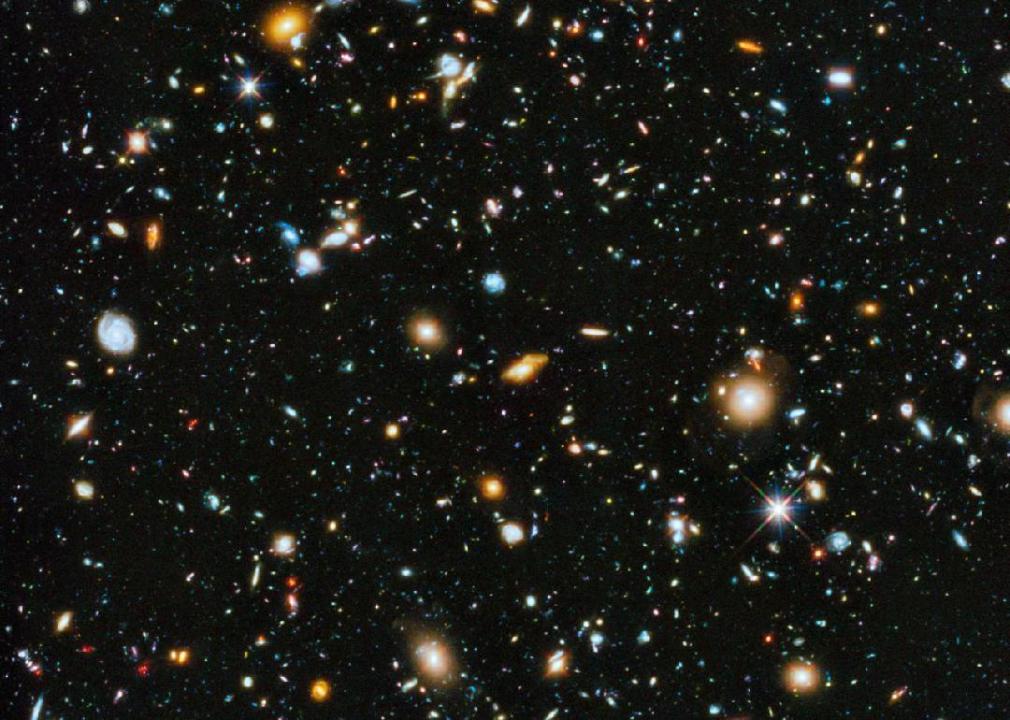
NASA
#50. Universe
And lastly, we have landed at the universe. A loaded definition that has flummoxed scientists for generations, a universe contains billions of galaxies and even more stars along with their planets, moons, asteroids, comets, dust, and gas, all of which exists swirling around in the massive thing we call space.
